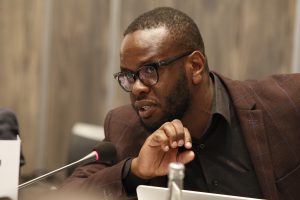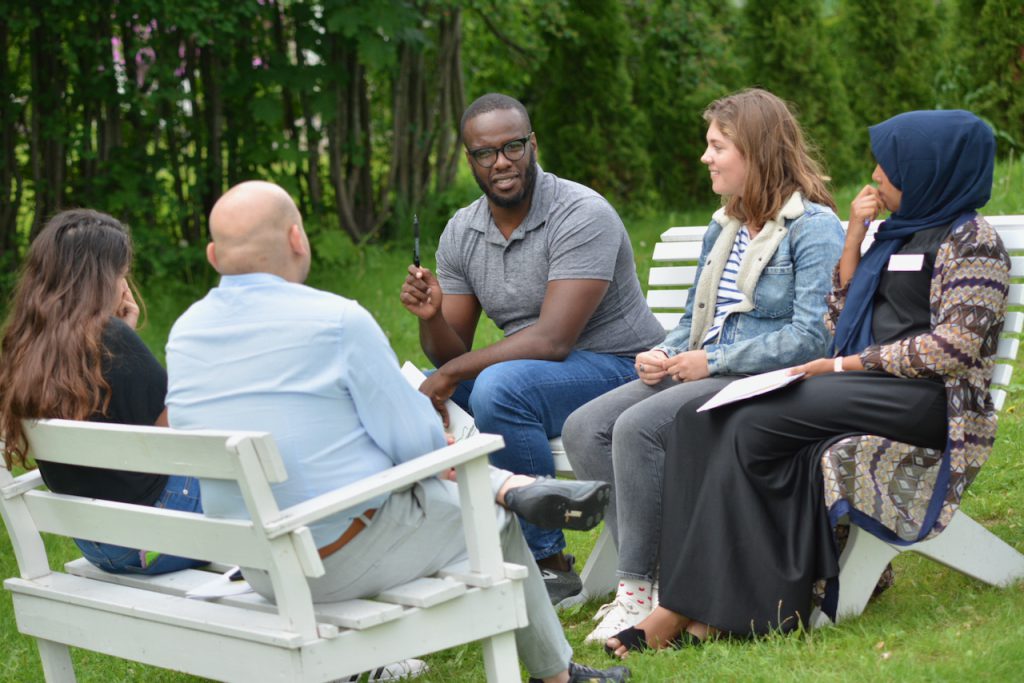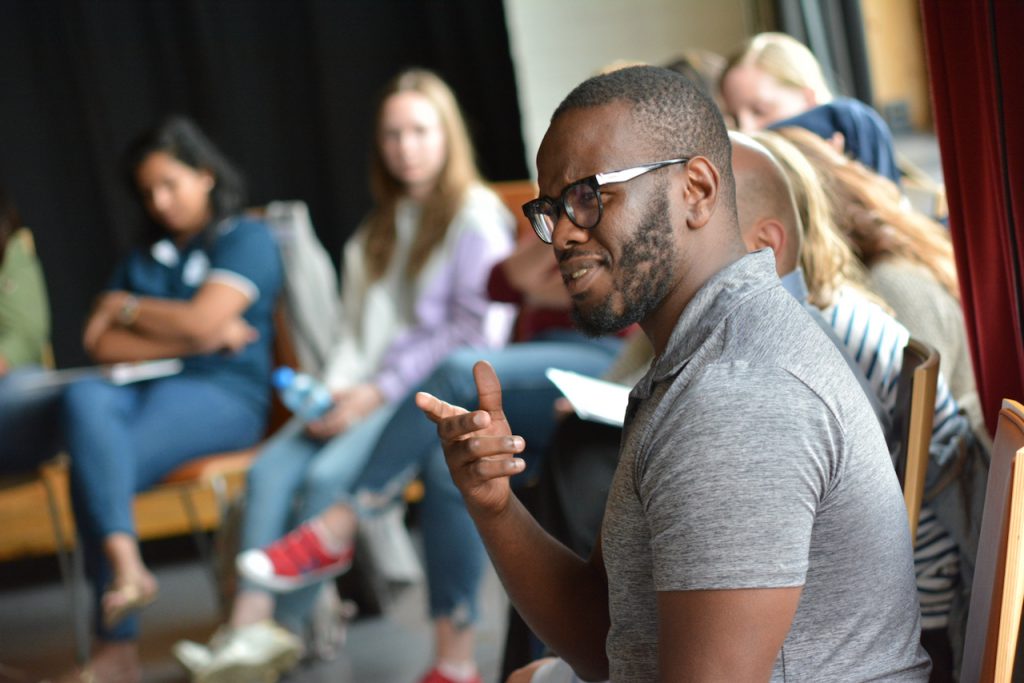
«Mediation and dialogue are the most effective and cheapest tools for preventing and resolving armed conflicts,» writes Davis Makori, an advocate and campaigner working on the protection of civilians in African armed conflicts.
Davis Makori is based in Nairobi and works for Crisis Action, an organization that works to protect civilians from armed conflict, and attended the Nansen Dialogue Summer School 2019. In this blog post he writes about his practical experiences with dialogue.
For many practitioners in conflict resolution, the word “dialogue” has become a utility term. It has been broadly applied to a wide range of situations and is usually considered as not only the first step, but also as the most important process, in resolving any issues between parties which threaten to escalate into violence.
It is not uncommon for bureaucrats to stress “the importance of maintaining dialogue” in press statements and briefings or for civil society actors to insist on “inclusive dialogue” as the only pathway to resolve the root causes of political crises.
Dialogue as an outcome-oriented process
The underlying premise is that dialogue helps maintain open communication between and among parties in conflict. The eventual goal is that a peaceful resolution or a negotiated compromise can be reached.
The word dialogue has also been used interchangeably with other concepts and processes. For instance, the distinction between dialogue and mediation is often blurry. According to The Center for Humanitarian Dialogue, mediation and dialogue are “the most effective, and cheapest, tools for preventing and resolving armed conflicts.” In essence, these perspectives view dialogue as a means to an end or as an outcome-oriented process.

A facilitator has no obligation to find solutions
It was this understanding that I carried with me to the Nansen Center for Peace and Dialogue for a week of training before the International Summer School at the University of Oslo. I was particularly interested in dialogue facilitation training and by the prospect of acquiring practical skills and tools to achieve outcomes. I believed that I could use them in my own field to improve the effectiveness of our work.
It was only after introductions to the other course participants and learning the incredible story of Fridtjof Nansen, after whom the Center is named, that the facilitators gradually loosened my preconceived ideas with the first round of exercises. It took me a while to reconcile perspectives that had initially seemed incongruent: that dialogue is a process; that dialogue is an end in itself, and; that a facilitator is not a mediator and has no obligation to find solutions.
Dialogue helps us understand and appreciate
This week of learning was profoundly revealing for several reasons. Firstly, the participants who came from culturally and demographically diverse backgrounds: working with them during dialogue exercises, some of which required intimate exchanges, helped me understand exactly why dialogue is important. We all share different world views stemming from different personal experiences, contexts and histories, and dialogue helps us understand and appreciate this.
Over the course of the week, it slowly dawned on me that hearing less and less of my own voice allowed me to learn more, and that when you listen to someone to the end of their thought, you get the whole picture instead of getting stuck on a point to which you feel you should respond: active listening!

Dialogue can be enhanced by the environment
Secondly, the facilitators were able to connect with the entire group at a very personal level. They exemplified why the role of a facilitator is critical in enabling people who would otherwise have no incentive to engage in dialogue. Facilitators don’t exist to provide solutions, but to help participants in a dialogue by creating and maintaining a space where they can begin to understand each other.
Thirdly, location, location, location! The setting in the idyllic and picturesque screensaver-like town of Lillehammer was ideal for learning about dialogue. Lillehammer has a serene ambience and wide-open spaces to lubricate conversations between strangers, especially when participants realize that a walk in the park is a different experience when you have to descend 936 steps. Dialogue can be enhanced by the environment in which it takes place by creating opportunities for shared experiences beyond the preponderant issues that participants have to face.
The week at Nansen helped me to look at dialogue afresh, humbled me to understand the limitations of my own knowledge and experience, and inspired me to be an ambassador for dialogue.
Written by: Davis Makori / Published November 1st 2019.
The Nansen Center for Peace and Dialogue has more than 20 years of experience in developing methodologies, and supporting dialogue projects in the Western Balkans, Afghanistan, Iraq, Kenya, Ukraine, Norway, Poland and other countries. The Nansen Center provides capacity building on dialogue, with training, seminars and workshops on dialogue, and is located at the Nansen Academy in Lillehammer, Norway.
The Nansen Dialogue Summer School is in partnership with the International Summer School at the University of Oslo.
Would you like to read more about the Nansen Dialogue Summer School 2019? See the article “A world of dialogue”, and also the article about Seinn Seinn Min who works for Doctors Without Borders, and attended as a student at the Nansen Dialogue Summer School 2019. Emelda Ochieng, a journalist and filmmaker from Kenya, wrote about her experiences.